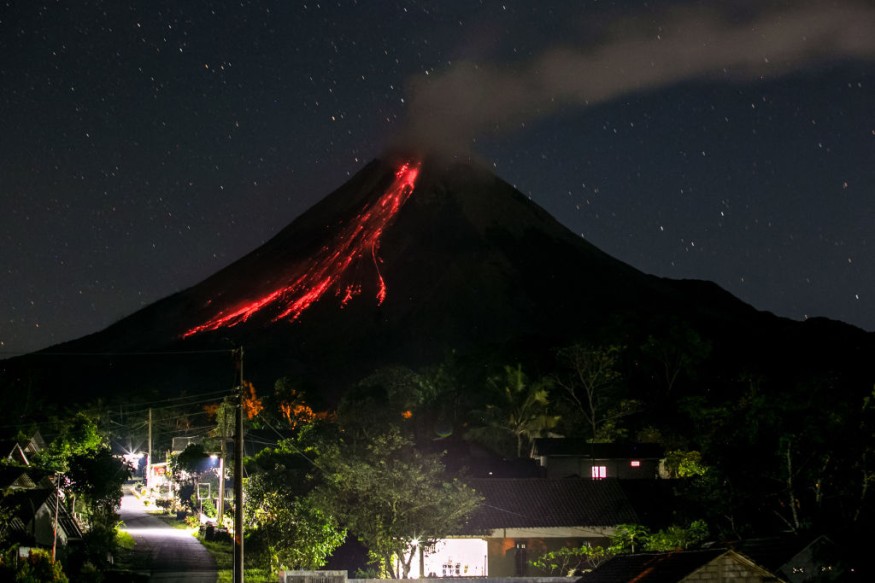The body of a climber killed by a sudden weekend eruption has been identified by rescuers scouring the dangerous slopes of Indonesia's Mount Marapi volcano, bringing the total verified death toll to 23.
Rising Death Toll in Marapi

Muhammad Fadli was standing close to the summit of Mount Marapi when tremors began to rock the earth. He and his three friends sought refuge behind a mound of boulders when they heard the rumbling.
However, a rock as big as a human fist shot in his direction. "I dodged it with my empty hand, it broke my finger," he said, adding that another rock broke his leg.
Along with seventeen other companions, he had begun their ascent of Mount Marapi, also known as the "Mountain of Fire," on Saturday. However, when the volcano began to erupt, four of them-including Muhammad-got split off from the rest of the group.
About 75 climbers began climbing the almost 2,900-meter (9,480-foot) mountain in the West Sumatra province's Agam district, but they became stranded due to the volcanic activity. Following the initial eruption on Sunday, 52 climbers were saved, but 11 more were initially confirmed dead.
According to Abdul Malik, head of the Padang Search and Rescue Agency, fresh eruptions on Monday and Tuesday erupted more hot ash up to 800 meters (2,620 feet) into the air, decreasing visibility and momentarily stopping search and recovery efforts.
The National Search and Rescue Agency claimed that nine bodies of climbers were found on Tuesday after two climbers' bodies were found on Monday.
The body of the last climber was discovered early on Wednesday, only a few meters from the eruption site, according to West Sumatra Police Chief Suharyono.
This raises the death toll to 23.
Marapi's Unexpected Activities
According to Indonesia's Center for Volcanology and Geological Disaster Mitigation, Marapi has remained at the third highest of four warning levels since 2011, signaling above-normal volcanic activity under which climbers and locals must keep more than 3 kilometers (1.8 miles) from the mountain.
Climbers were required to register at one of two command posts or online, and they were only permitted to go below the danger zone. Local authorities do admit that a large number of people may have ascended higher than was allowed.
During Sunday's eruption, Marapi erupted, sending thick columns of ash as high as 3,000 meters (9,800 feet) and scorching ash clouds that stretched for several kilometers.
Tons of volcanic debris covered the surrounding towns and villages, blocking out the sun. Authorities advised people to wear masks to protect themselves from the ash. Approximately 1,400 people reside on the slopes of Marapi in Rubai and Gobah Cumantiang, which are about 5 to 6 kilometers (3 to 3.7 miles) from the peak.
Because the source is shallow and close to the summit, Marapi is known for its unexpected eruptions that are hard to anticipate.
Its eruptions are also not brought on by a deep flow of magma, which triggers tremors that may be detected by seismic monitors.
Since a January eruption that left no one dead, Marapi has been active.
Being situated on the Pacific "Ring of Fire," an arc of volcanoes and fault lines encircling the Pacific Basin, Indonesia is home to more than 120 active volcanoes and is therefore vulnerable to seismic tremors.
Related Article : Indonesia's Mount Marapi Erupts Shooting Ashes 300 Meters into the Sky, No tourists Allowed Within 3 Km of Crater
© 2025 NatureWorldNews.com All rights reserved. Do not reproduce without permission.





